This article was co-authored by Kevin Stone, MD. Dr. Kevin Stone is an orthopaedic surgeon and the founder of The Stone Clinic, a leading orthopaedic surgery, sports medicine, and rehabilitation clinic in the San Francisco Bay Area. With over 30 years of experience, Dr. Stone specializes in knee, shoulder, and ankle repair, using biologic reconstruction and joint replacement. He holds a BS in Biology from Harvard University and a Doctor of Medicine (MD) from the University of North Carolina at Chapel Hill. Dr. Stone completed his residency in Internal Medicine and Orthopaedic Surgery at Harvard University and in General Surgery at Stanford University. He then completed a fellowship in Orthopaedic Research and Surgery at the Hospital for Special Surgery and Tahoe Orthopaedics. He lectures around the world as an expert in cartilage and meniscal growth, replacement, and repair and holds over 40 U.S. patents on novel inventions to improve healthcare. Dr. Stone is a physician for Smuin Ballet and has served as a physician for the U.S. Ski Team, the U.S. Pro Ski Tour, the United States Olympic Training Center, and World Pro Ski Tour.
There are 7 references cited in this article, which can be found at the bottom of the page.
This article has been viewed 93,369 times.
A dislocation occurs when two bones that come together in a joint come out of their normal positions. Symptoms of dislocation include severe pain, immobilization, and deformity of the joint area. Dislocations can occur to nearly any joint of the body, including the shoulders, elbows, knees, hips, and ankles; they are also seen in the smaller joints of the fingers and toes. Dislocations are considered urgent situations that require medical care, but you can learn how to treat a dislocation until the patient can receive professional medical help.
Steps
Initial Evaluation of the Dislocation
-
1Cover the dislocated joint with something sterile. It is important to take steps to prevent infection, especially if there is any broken skin around the area of the dislocation.[1]
- Wait until professional medical personnel arrive before attempting to wash or in any way "clean" the wound (if there is a wound, or if there are any areas of broken skin).[2] Attempting to do so without the proper sterilizing equipment or medical training actually increases the chance of infection rather than decreasing it.
- For now, covering the area is enough to decrease the chance of it becoming infected.
-
2Immobilize the joint.[3] Try to use nonstick gauze such as Telfa if there is an open wound. Note that it is very important not to try and re-position or re-align the joint in any way. This can cause further harm, and it is best to simply immobilize it in the position it is in and to wait for a trained medical professional to definitively treat the dislocation.
- Be sure to immobilize both above and below the dislocated joint to ensure maximum stability while awaiting medical treatment.[4]
- If it is the shoulder that is dislocated, you can use a sling (or make a sling by tying a long piece of fabric into a circle) to immobilize it. Make sure the sling holds the limb against the body. Instead of just wrapping the sling around the neck, try wrapping it around the torso before tying it at the neck.
- If it is another joint such as a knee or elbow, a splint is your best bet. Splints can be constructed of sticks or another stabilizing device and tape or fabric strips to hold the splint in place.
Advertisement -
3Monitor the limb. This is to ensure it does not lose sensation, or exhibit a change in temperature or reduction in pulse. These signs could indicate an obstruction of blood flow or damage to the nerves leading down to the limb. If any of these changes occur, seek medical assistance for treating the dislocation immediately.
- Check the pulse in the area of the limb farthest from the center of the body — in the wrist if the arm or shoulder is dislocated, on the top of the foot or behind the ankle bone if the injury is to a leg.
-
4Avoid offering food to the patient while treating dislocations. Doctors usually prefer to work with a patient who has an empty stomach, particularly if surgery becomes necessary.
-
5Know when to seek immediate medical help. If the patient exhibits any of the following signs or symptoms, call 911 immediately as it may be a medical emergency:[5]
- Severe bleeding
- Other traumatic injuries
- A possible head, neck, or spine injury (do not move the person if you suspect a possible neck or spine injury as moving them can cause severe damage)
- Loss of sensation in the affected joint or the extremities (fingers, toes, etc.)
Treating Symptoms of the Dislocation
-
1Relieve pain around the dislocation by applying a cold pack to the area.[6] This will also reduce swelling that can add to the discomfort of the injury. Take care not to apply ice or cold packs directly to the skin while treating dislocations or damage to the skin could result; make sure you wrap the pack in a towel first.
- Apply ice for no longer than 10 – 20 minutes at a time.
-
2Offer Ibuprofen (Advil) or Acetaminophen (Tylenol) if the patient is in severe pain. Follow the recommended dosages on the bottle. Both of these medications are available over-the-counter at your local drugstore or pharmacy.
-
3Prepare the victim for what to expect treatment-wise. Once the injured person gets to the hospital, medical staff will re-align the bones around the joint. This procedure is called "reduction." Often it requires the patient to be under partial sedation as it can be quite painful (however, in the long run, it diminishes pain by speeding recovery).
- The doctor will then immobilize the joint for several weeks.[7] He will be sure to immobilize it in the correct position, after everything has been re-aligned, and your body will naturally heal things from here.
- Sometimes surgery is needed if your doctor cannot re-align the bones around the joint manually.[8] In this case, the joint will be immobilized after surgery.
-
4Begin rehabilitation once the joint can be used again. Physical therapy usually takes a number of weeks and helps the patient regain the range of motion in the joint. It also helps strengthen the muscles surrounding the joint so a subsequent injury is less likely.[9]
- Only begin using the limb according to your doctor’s instructions.
Expert Q&A
Did you know you can get expert answers for this article?
Unlock expert answers by supporting wikiHow
-
QuestionWhat's the recovery process like after getting surgery for a dislocated shoulder?
 Kevin Stone, MDDr. Kevin Stone is an orthopaedic surgeon and the founder of The Stone Clinic, a leading orthopaedic surgery, sports medicine, and rehabilitation clinic in the San Francisco Bay Area. With over 30 years of experience, Dr. Stone specializes in knee, shoulder, and ankle repair, using biologic reconstruction and joint replacement. He holds a BS in Biology from Harvard University and a Doctor of Medicine (MD) from the University of North Carolina at Chapel Hill. Dr. Stone completed his residency in Internal Medicine and Orthopaedic Surgery at Harvard University and in General Surgery at Stanford University. He then completed a fellowship in Orthopaedic Research and Surgery at the Hospital for Special Surgery and Tahoe Orthopaedics. He lectures around the world as an expert in cartilage and meniscal growth, replacement, and repair and holds over 40 U.S. patents on novel inventions to improve healthcare. Dr. Stone is a physician for Smuin Ballet and has served as a physician for the U.S. Ski Team, the U.S. Pro Ski Tour, the United States Olympic Training Center, and World Pro Ski Tour.
Kevin Stone, MDDr. Kevin Stone is an orthopaedic surgeon and the founder of The Stone Clinic, a leading orthopaedic surgery, sports medicine, and rehabilitation clinic in the San Francisco Bay Area. With over 30 years of experience, Dr. Stone specializes in knee, shoulder, and ankle repair, using biologic reconstruction and joint replacement. He holds a BS in Biology from Harvard University and a Doctor of Medicine (MD) from the University of North Carolina at Chapel Hill. Dr. Stone completed his residency in Internal Medicine and Orthopaedic Surgery at Harvard University and in General Surgery at Stanford University. He then completed a fellowship in Orthopaedic Research and Surgery at the Hospital for Special Surgery and Tahoe Orthopaedics. He lectures around the world as an expert in cartilage and meniscal growth, replacement, and repair and holds over 40 U.S. patents on novel inventions to improve healthcare. Dr. Stone is a physician for Smuin Ballet and has served as a physician for the U.S. Ski Team, the U.S. Pro Ski Tour, the United States Olympic Training Center, and World Pro Ski Tour.
Board Certified Orthopaedic Surgeon
-
QuestionWhy am I doing a lot of posture stuff in rehab?
 Kevin Stone, MDDr. Kevin Stone is an orthopaedic surgeon and the founder of The Stone Clinic, a leading orthopaedic surgery, sports medicine, and rehabilitation clinic in the San Francisco Bay Area. With over 30 years of experience, Dr. Stone specializes in knee, shoulder, and ankle repair, using biologic reconstruction and joint replacement. He holds a BS in Biology from Harvard University and a Doctor of Medicine (MD) from the University of North Carolina at Chapel Hill. Dr. Stone completed his residency in Internal Medicine and Orthopaedic Surgery at Harvard University and in General Surgery at Stanford University. He then completed a fellowship in Orthopaedic Research and Surgery at the Hospital for Special Surgery and Tahoe Orthopaedics. He lectures around the world as an expert in cartilage and meniscal growth, replacement, and repair and holds over 40 U.S. patents on novel inventions to improve healthcare. Dr. Stone is a physician for Smuin Ballet and has served as a physician for the U.S. Ski Team, the U.S. Pro Ski Tour, the United States Olympic Training Center, and World Pro Ski Tour.
Kevin Stone, MDDr. Kevin Stone is an orthopaedic surgeon and the founder of The Stone Clinic, a leading orthopaedic surgery, sports medicine, and rehabilitation clinic in the San Francisco Bay Area. With over 30 years of experience, Dr. Stone specializes in knee, shoulder, and ankle repair, using biologic reconstruction and joint replacement. He holds a BS in Biology from Harvard University and a Doctor of Medicine (MD) from the University of North Carolina at Chapel Hill. Dr. Stone completed his residency in Internal Medicine and Orthopaedic Surgery at Harvard University and in General Surgery at Stanford University. He then completed a fellowship in Orthopaedic Research and Surgery at the Hospital for Special Surgery and Tahoe Orthopaedics. He lectures around the world as an expert in cartilage and meniscal growth, replacement, and repair and holds over 40 U.S. patents on novel inventions to improve healthcare. Dr. Stone is a physician for Smuin Ballet and has served as a physician for the U.S. Ski Team, the U.S. Pro Ski Tour, the United States Olympic Training Center, and World Pro Ski Tour.
Board Certified Orthopaedic Surgeon
-
QuestionHow can I soothe the pain of a dislocated wrist?
 Jonas DeMuro, MDDr. DeMuro is a board certified Pediatric Critical Care Surgeon in New York. He received his MD from Stony Brook University School of Medicine in 1996. He completed his fellowship in Surgical Critical Care at North Shore-Long Island Jewish Health System and was a previous American College of Surgeons (ACS) Fellow.
Jonas DeMuro, MDDr. DeMuro is a board certified Pediatric Critical Care Surgeon in New York. He received his MD from Stony Brook University School of Medicine in 1996. He completed his fellowship in Surgical Critical Care at North Shore-Long Island Jewish Health System and was a previous American College of Surgeons (ACS) Fellow.
Board Certified Critical Care Surgeon The best treatment for the pain is for the wrist to be back into the correct position, and this should be done without delay, as it will affect the function of your wrist. After this is done, the pain can be treated with ice, rest, compression (ACE wrap), and medications as prescribed by your physician.
The best treatment for the pain is for the wrist to be back into the correct position, and this should be done without delay, as it will affect the function of your wrist. After this is done, the pain can be treated with ice, rest, compression (ACE wrap), and medications as prescribed by your physician.
References
- ↑ http://www.webmd.com/a-to-z-guides/understanding-dislocation-treatment
- ↑ http://www.webmd.com/a-to-z-guides/understanding-dislocation-treatment
- ↑ https://kidshealth.org/en/parents/dislocations-sheet.html
- ↑ https://www.healthywa.wa.gov.au/Articles/F_I/First-aid-for-fractures-and-dislocations
- ↑ https://healthylife.com/hier/brokenbones.html
- ↑ https://kidshealth.org/en/parents/dislocations-sheet.html
- ↑ https://www.pennmedicine.org/for-patients-and-visitors/patient-information/conditions-treated-a-to-z/dislocation
- ↑ https://www.nhs.uk/conditions/dislocated-shoulder/
- ↑ Kevin Stone, MD. Board Certified Orthopaedic Surgeon. Expert Interview. 19 November 2020.
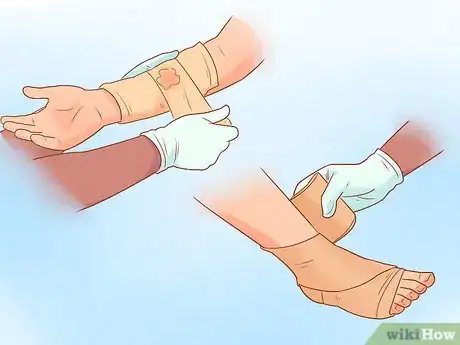
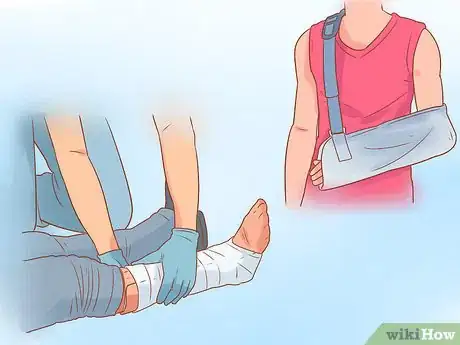

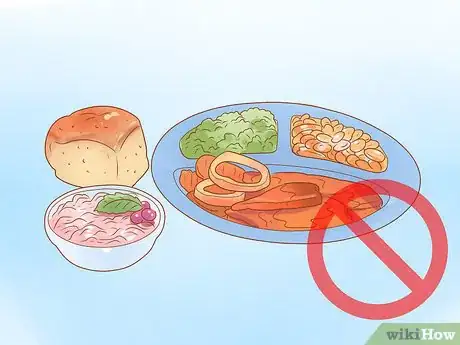


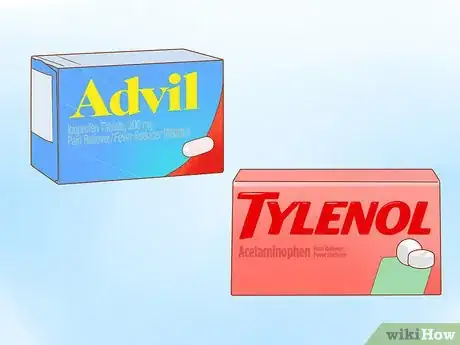
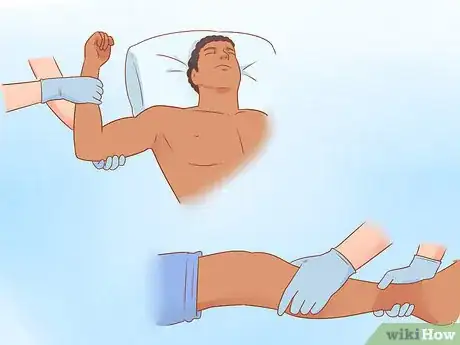
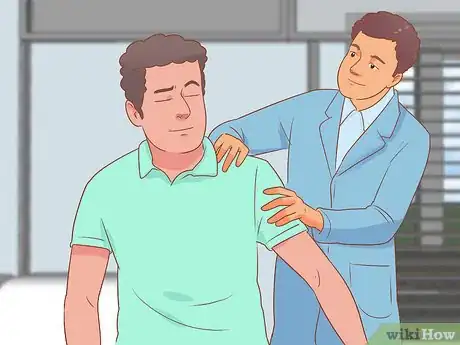

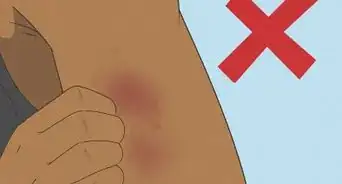
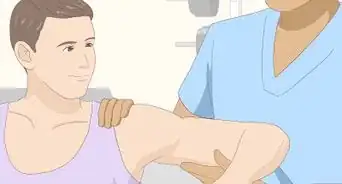
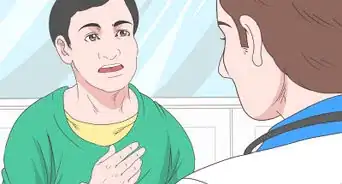


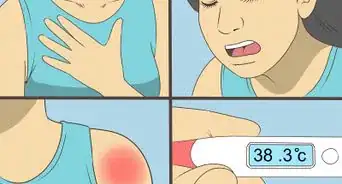
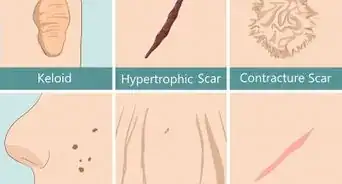

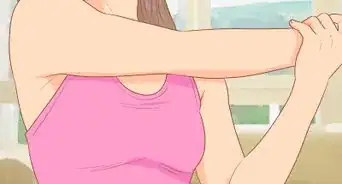

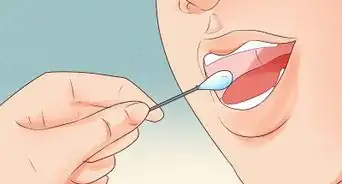









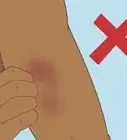
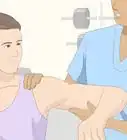
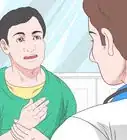





































Medical Disclaimer
The content of this article is not intended to be a substitute for professional medical advice, examination, diagnosis, or treatment. You should always contact your doctor or other qualified healthcare professional before starting, changing, or stopping any kind of health treatment.
Read More...